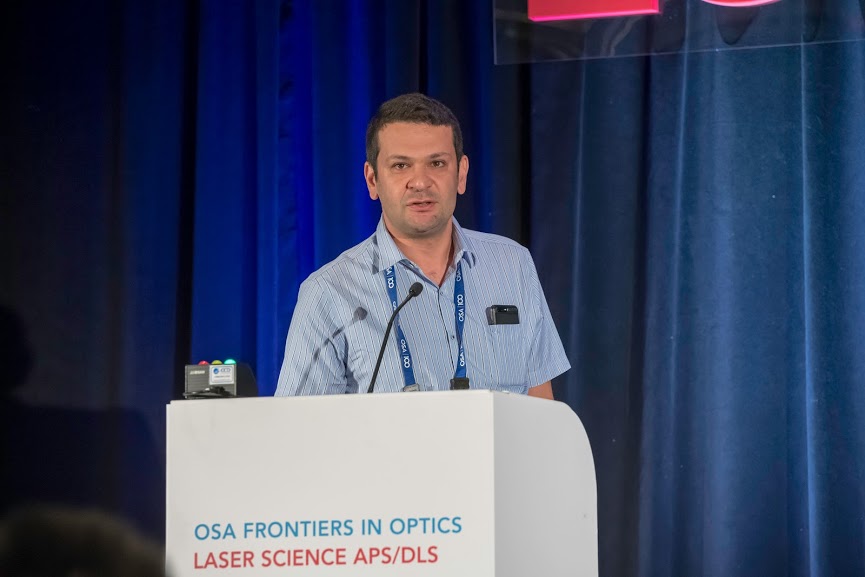
 |
Department
of Electrical & Computer Engineering Ben-Gurion University of the Negev |
ORCID iD: https://orcid.org/0000-0001-5585-0430
Tel: +972-8-6477988
Fax: +972-8-6479401
Office: Building 33, Room 209
Stanislav (Stas) DerevyankoAssociate Professor |
 |
||||
ORCID iD: https://orcid.org/0000-0001-5585-0430 |
E-mail: stasd*at*bgu(dot)ac(dot)il Tel: +972-8-6477988 Fax: +972-8-6479401 Office: Building 33, Room 209 |
|||
| Mission statement |
 Four final year projects are available for 2023/24. Click here for PPT slides and here for the recording.
Four final year projects are available for 2023/24. Click here for PPT slides and here for the recording. | Main research interests |
| Current students and postdocs |
| Former students and postdocs |
| A short bio sketch |
| Current courses taught |
| Publications (Conference proceedings not included) |
| Research grants |
1) Title: "Data aided mitigation of nonlinearity in optical fiber telecommunications"
Grant type: Research Grant
Funding body: The Israeli Science Foundation
Duration: 10.2021 —09.2025
Award value: 480,000 NIS
Project role: PI
2) Title: "Simultaneous electronic compensation of dispersion and nonlinearity effects in telecommunication systems"
Grant type: Research Grant
Funding body: The Israeli ministry of industry and commerce –KAMIN program
Duration: 09.2020 —08.2021
Award value: 207,466 NIS
Project role: PI
3) Title: "Increasing the informational capacity of optical networks by means of the Nonlinear Fourier Transform"
Grant type: Research Grant
Funding body: The Israeli Science Foundation
Duration: 10.2018 —09.2021
Award value: 600,000 NIS
Project role: PI
4) Title: "Interaction of Nonlinearity and Disorder: Gateways to Optics"
Grant type: Marie Curie Intra-European Fellowship
Funding body: European FP7 program
Duration: 04.2013 —03.2015
Award value: 227,231 EUR
Project role: Marie Curie Fellow (Hosted by Prof. Yaron Silberberg's group at Weizmann Institute of Science)
5) Title: "Evaluation and harnessing of noise in telecommunication systems"
Grant type: Advanced Fellowship
Funding body: EPSRC (UK).
Duration: 10.2007 —09.2012
Award value: 552,188 GBP
Project role: PI
Last revised: 1.12.2022.